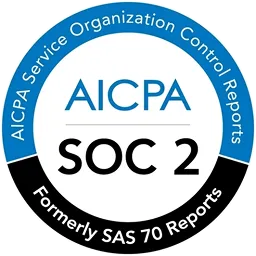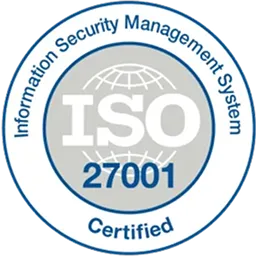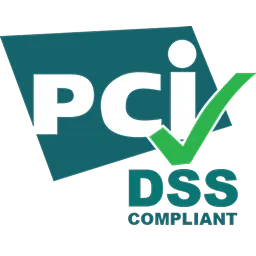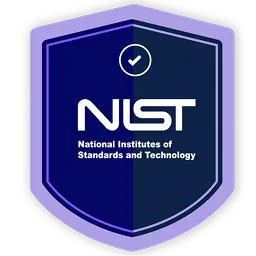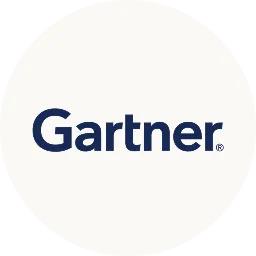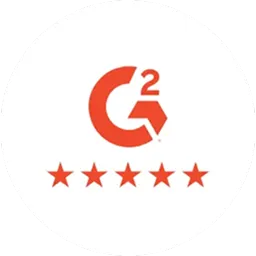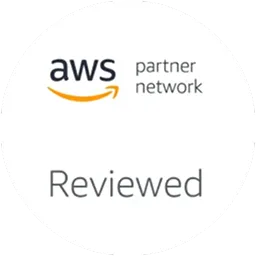Mergers and acquisitions (M&A) often come with their fair share of identity headaches. Think about it- disjointed systems, mismatched security policies, and duplicate user accounts can quickly spiral into chaos. If not handled properly, these identity challenges in M&A can slow everything down and put sensitive data at risk.
But the good news? With the right approach, you can turn these identity challenges in M&A into a smooth integration process.
Even tech giants like Okta faced this during their acquisition of AuthO in 2021. Aligning identity systems and SSO configurations proved to be no easy feat. The complexities they encountered highlight a universal truth- managing identity during M&A is far from straightforward, yet it’s critical to success.
This article dives into the identity challenges in M&A and offers actionable strategies to help IT teams navigate them. Whether you’re preparing for a merger or dealing with post-acquisition integration, understanding these identity challenges in M&A is key to securing data, ensuring operational efficiency, and keeping users productive.
Identity Challenges in M&A & Solutions to Overcome Them
Mergers & acquisitions often promise growth and new opportunities but also introduce identity challenges in M&A that can’t be overlooked. From aligning user access to navigating compliance risks, identity management can make or break the success of an M&A integration. Let’s discuss the 5 identity challenges in M&A and practical solutions to overcome them.
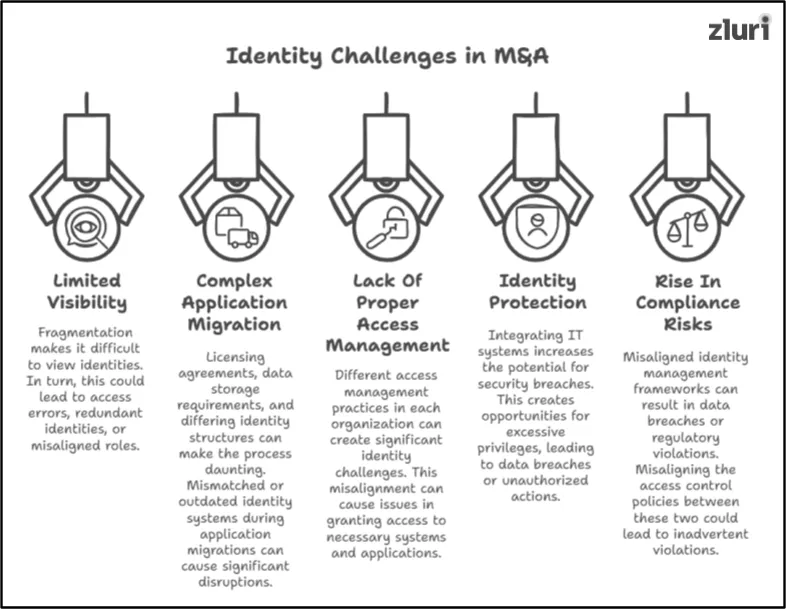
Challenge 1: Limited visibility into the identities of both organizations
Mergers and acquisitions (M&A) often present identity challenges in M&A, creating confusion about user identities across both companies. Each organization has its own way of managing identities, using systems like Active Directory (AD), LDAP, or cloud solutions. This fragmentation makes it difficult to get a complete view of user identities, roles, and access levels.
For instance, one company may use a job-role-based directory structure while the other uses a department-based structure. This misalignment creates inefficiencies as IT teams struggle to merge data without clear guidelines. In turn, this could lead to access errors, redundant identities, or misaligned roles.
Impact of the challenge?
Without a unified view, users may face access delays, and some might lose access to critical systems. For example, HR personnel in one organization might be unable to access payroll data from the other company, leading to delays in processing user benefits or payroll.
How to overcome it?
- Unify identity data: Use federated identity management platforms to integrate multiple identity systems into one centralized source. This provides a clear, unified view of users across both organizations, simplifying access management.
- Automate user group management: Leverage dynamic groups to automate updates based on role or department changes. For example, if a user moves from HR to Marketing, their access is adjusted without any manual intervention.
Example in action: A global retailer consolidating 50,000 identities across two organizations reduced manual eros by 80% using dynamic group automation within their identity management platform. By integrating these systems, the retailer streamlined user access to applications and enhanced IT efficiency.
Challenge 2: Complexities in migrating applications after m&a
Deciding which applications to migrate during an M&A introduces another layer of identity challenges in M&A. Licensing agreements, data storage requirements, and differing identity structures can make the process daunting. These identity challenges in M&A become even more pronounced when considering how identity structures might differ between the two organizations.
For example, an organization may rely on one legacy system for accounting and another for payroll. Migrating these systems can be difficult, especially if they’re tied to specific identity structures.
Impact of the challenge?
Mismatched or outdated identity systems during application migrations can cause significant disruptions. Users might experience delayed or denied access to critical systems, leading to hindrances in workflows and productivity losses.
How to overcome it?
- Develop a migration roadmap: Prioritize applications that are essential for business continuity and plan their migration systematically. Analyze the impact on user access and roles, and ensure there is a strategy in place for each application’s migration.
- Use a staging layer for migration: Repoint identity providers (IdPs) and optimize data sources without disrupting user access. This allows organizations to manage identity access seamlessly while consolidating the backend processes of both companies.
Example in action: A financial services company undergoing M&A utilized a staging layer to seamlessly migrate its identity systems while maintaining access for 95% of users. This approach minimized disruptions and allowed for a smoother transition to new systems.
Also Read: 7 Steps for Building a Strong Cloud Migration Plan
Challenge 3: Lack of proper access management
Different access management practices in each organization can create significant identity challenges in M&A. To avoid disruptions, it is crucial to ensure that users from both companies can access the required applications from day 1.
For example, one company might use manual access control processes while others automate access provisioning. This misalignment can cause issues in granting access to necessary systems and applications.
Impact of the challenge?
Users may lose access to key resources, and delays in granting or revoking access could pose security risks. For example, if a user leaves the organization, their access might not be deactivated immediately, risking unauthorized access to sensitive systems.
How to overcome it?
- Implement a centralized IAM solution: Use IAM platforms like Zluri or Ping Identity to unify access across both organizations, ensuring seamless access to applications from day 1 of the merger.
Also Read: Go through this expert-curated step-by-step guide to learn how to choose an IAM tool.
- Automate access provisioning: Implement automated workflows for onboarding and offboarding processes, ensuring that users have access to the applications they need and that unused accounts are deactivated in real-time.
- Adopt role-based access control (RBAC) policy: Implement RBAC to assign permissions based on user roles. This minimizes complexity and ensures that users only access the applications necessary for their job function.
Also Read: To learn more about managing role-based access effectively, check out this guide on Role-Based Access Control.
Example in action: A healthcare provider merging with another organization faced access management issues, but by implementing a centralized IAM solution, they automated onboarding for 10,000 users, reducing access provisioning time by 50%.
Challenge 4: Ensuring identity protection & enforcing least privilege access
Mergers and acquisitions (M&A) expose organizations to new identity challenges in M&A, particularly when integrating IT systems. Both companies may have different methods for managing server-level access and admin privileges, increasing the potential for security breaches.
For instance, one company might use role-based admin access while the other grants broader privileges. This creates opportunities for excessive privileges, leading to data breaches or unauthorized actions.
Impact of the challenge?
Users with too much access can misuse their privileges, either intentionally or unintentionally. For example, a user with admin rights could access sensitive customer data or modify systems settings, which poses a significant security risk.
How to overcome it?
- Secure admin accounts: Use a centralized vault to secure admin accounts and ensure that only authorized users have access to critical systems. This helps prevent unauthorized access and minimizes the attack surface.
- Implement multi-factor authentication (MFA): Enforce MFA for sensitive systems to provide an additional layer of protection against compromised credentials.
- Enforce least privileged access: Adopt granular access control policies that ensure users have only the minimum privileges required for their roles.
Also Read: 6 Ways To Implement Least Privilege with Identity Governance
Example in action: A logistics company implementing a least privilege access model during their M&A saw a 70% reduction in unauthorized access attempts within the first 3 months, significantly reducing their security posture.
Challenge 5: Rise in compliance risks
M&A integrations often lead to an increase in compliance risks due to different regulatory requirements across both organizations. Misaligned identity management frameworks can result in data breaches or regulatory violations. These identity challenges in M&A can complicate the integration process, particularly when aligning security and compliance standards across diverse systems.
Also Read: Go through this article to understand the components & functioning of a proper identity management framework
For instance, one organization might be subject to GDPR while the other adheres to HIPAA. Misaligning the access control policies between these two could lead to inadvertent violations, exposing the organization to hefty fines.
Impact of the challenge?
Compliance issues could lead to severe penalties and damage to the organization’s reputation. If sensitive customer or user data is exposed due to improper access, it could lead to costly legal consequences.
How to overcome it?
- Conduct a compliance audit: Perform a thorough compliance audit of both organizations’ identity systems to identify gaps and vulnerabilities. This step will help you align the identity management processes with compliance standards and minimize risks.
- Adopt identity governance solutions: Implement identity governance solutions that can automate compliance monitoring, flag non-compliance issues, and provide audit trials for regulatory reporting.
Also Read: Consider asking these 6 questions before choosing an IGA tool
- Implement a zero-trust security model: Enforce a zero-trust approach, ensuring that all access is continuously verified, even inside the network.
Example in action: A healthcare organization that implemented identity governance during an M&A significantly reduced compliance violations by 50% in 6 months, aligning their access policies with regulatory requirements such as HIPAA and GDPR.
Effectively addressing identity challenges in M&A is essential for maintaining productivity, minimizing security risks, and ensuring a smooth integration process. Implementing the above solutions can help organizations navigate these complexities with greater confidence.
In the following section, we’ll look at how using the rights tools can further streamline the process and help organizations manage identity challenges in M&A more effectively.
Smooth M&A Transitions: Zluri’s Role in Simplifying Identity & Access
As highlighted earlier, mergers and acquisitions (M&A) present numerous identity challenges in M&A. A significant hurdle in managing access to applications and systems across both organizations. This task can be daunting, as ensuring security, maintaining continuity, and streamlining operations all hinge on effective identity and access management. This is where Zluri comes in, simplifying the transition process.
- Comprehensive discovery of applications
Identifying all applications across merging organizations is foundational to overcoming identity challenges in M&A. Zluri helps by offering 9 discovery methods that ensure nothing slips through the cracks. Whether it’s API integrations, browser extensions, or network discovery tools, Zluri has got it covered- yes, even shadow IT.
For example, during an M&A, one organization might use specific marketing tools that the other organization isn’t aware of. With Zluri’s discovery engine, these tools are identified and accounted for, so nothing important gets left behind.
- Seamless Integration for Unified Access
Creating a unified system is one of the most pressing identity challenges in M&A. Zluri makes it easy by integrating with over 800+ applications, including IT, IAM, SSO, and HR platforms, to create a single access management hub.
For instance, Zluri works seamlessly with identity providers like Okta, OneLogin, or Google Workspace. This means you can get user access details from both organizations into one platform. No more jumping between systems or dealing with silos- just a comprehensive view of who has access to what.
Imagine being able to manage user access across both organizations from a single platform. Zluri makes that possible by reducing manual effort and ensuring that operations continue smoothly.
- Centralized control for simplified Access Management
Managing user access can quickly get complicated during an M&A. But with Zluri’s centralized access management solution, everything is in one place, making it much easier to stay on top of things.
Zluri’s predefined workflows allow you to grant, modify, or revoke access based on roles or departments. For example, if the new marketing team needs access to analytics tools from both companies, Zluri can automatically handle those requests without needing IT’s intervention.
Also Read: How to Grant Dynamic And Secured Access - 6 Tips from SaaS Ops Experts
This centralized control simplifies access, ensures the right people have the right permissions, reduces the risk of over-permissions, and helps you stay secure.
- Automated Access Reviews to ensure compliance
During M&A, access reviews are essential to keep everything secure and compliant. Without regular reviews, outdated permissions could expose sensitive data. Fortunately, Zluri’s access review solution takes care of that by automating the entire process.
With Zluri, you can schedule access certifications and ensure that reviewers confirm if users still need their permissions. For example, if someone from organization A no longer needs access to an old payroll tool, Zluri can help revoke that permission immediately.
Zluri also generates detailed access review reports that highlight inactive users, risky permissions, and access trends—ideal for audits and demonstrating your commitment to compliance.
By addressing identity challenges in M&A related to visibility, access control, and compliance, Zluri simplifies identity management during M&A. Its powerful discovery capabilities, seamless integrations, and automation allow you to focus on the bigger picture—driving strategic goals and ensuring a smooth transition.
With Zluri by your side, managing the complex identity challenges in M&A becomes a lot less stressful. It helps create a seamless, secure, and well-organized foundation for your newly merged organization.
Now, let’s take Monday as an example to see how you can automate access review in Zluri.
Frequently Asked Questions (FAQs)
1. What role does Identity Governance play in addressing identity challenges in M&A?
Identity Governance is crucial in managing identity challenges in M&A. It ensures that access rights are appropriately assigned and managed during mergers and acquisitions, helping to enforce compliance, automate business processes, and simplify IT operations, thereby reducing administrative overheads.
2. How can organizations address cultural differences impacting identity management during M&A to overcome identity challenges in M&A?
Cultural differences can pose significant identity challenges in M&A, especially concerning identity management. It's crucial to recognize and address these differences by fostering open communication, involving key stakeholders, and aligning identity management practices to ensure a smooth integration during mergers and acquisitions.
3. What are the risks of inadequate due diligence in identity management during M&A concerning identity challenges in M&A?
Inadequate due diligence can exacerbate identity challenges in M&A, leading to overlooked identity management issues. This oversight can result in security vulnerabilities, compliance violations, and operational disruptions. Thorough due diligence is essential to effectively identify and mitigate these identity challenges during mergers and acquisitions.






.svg)



